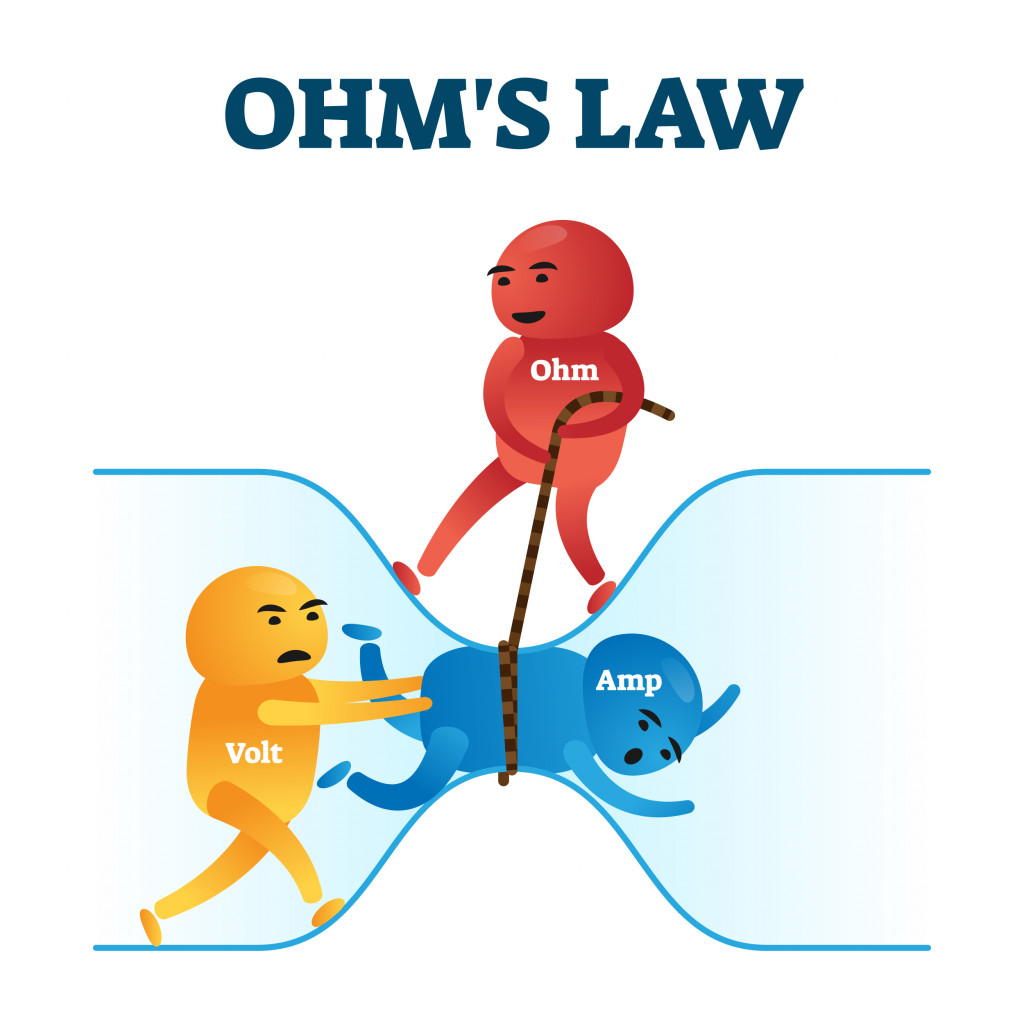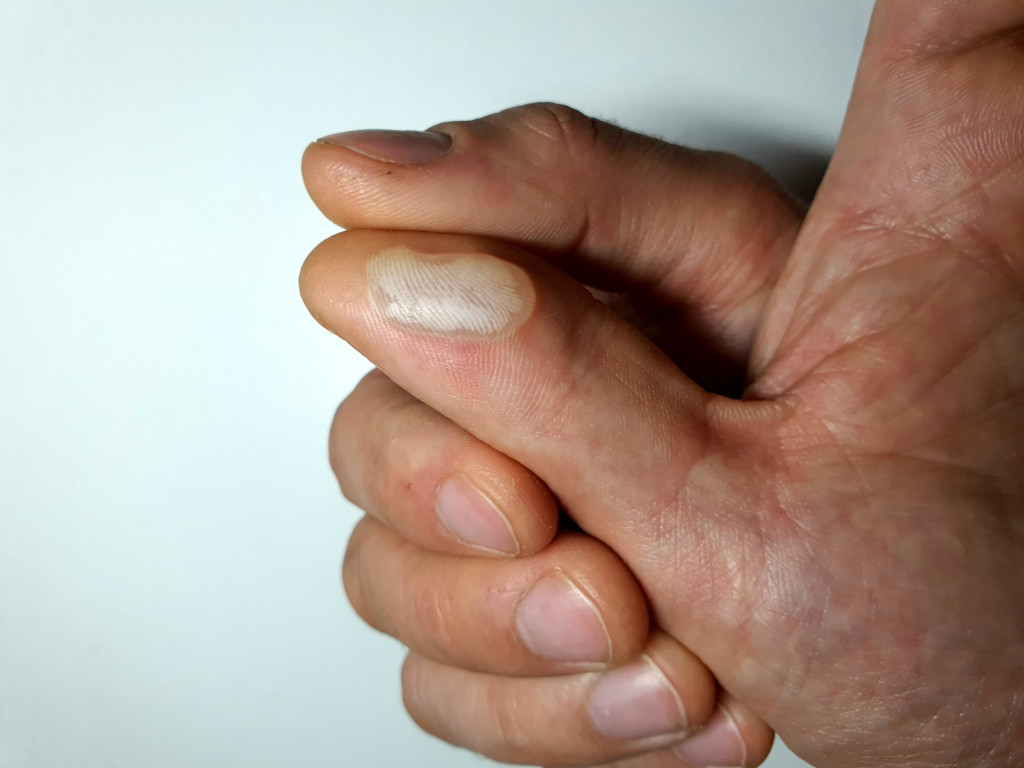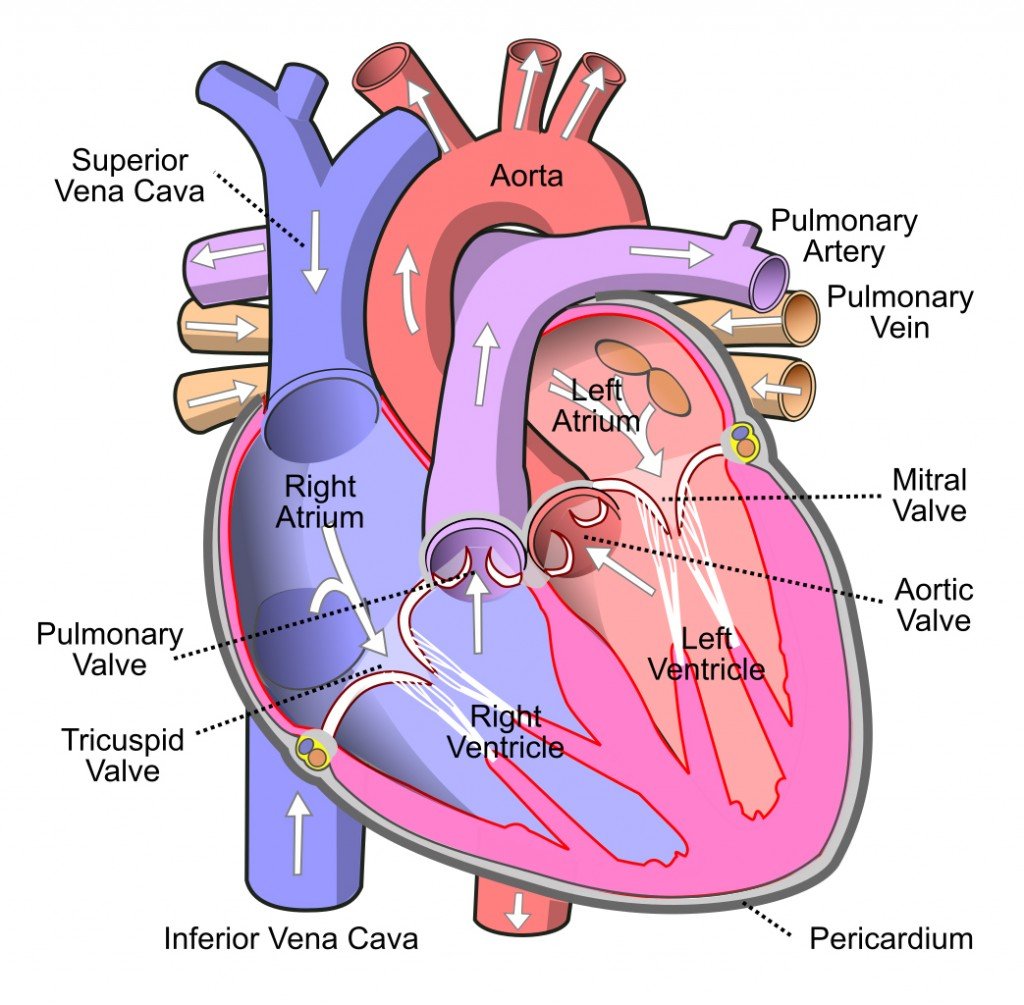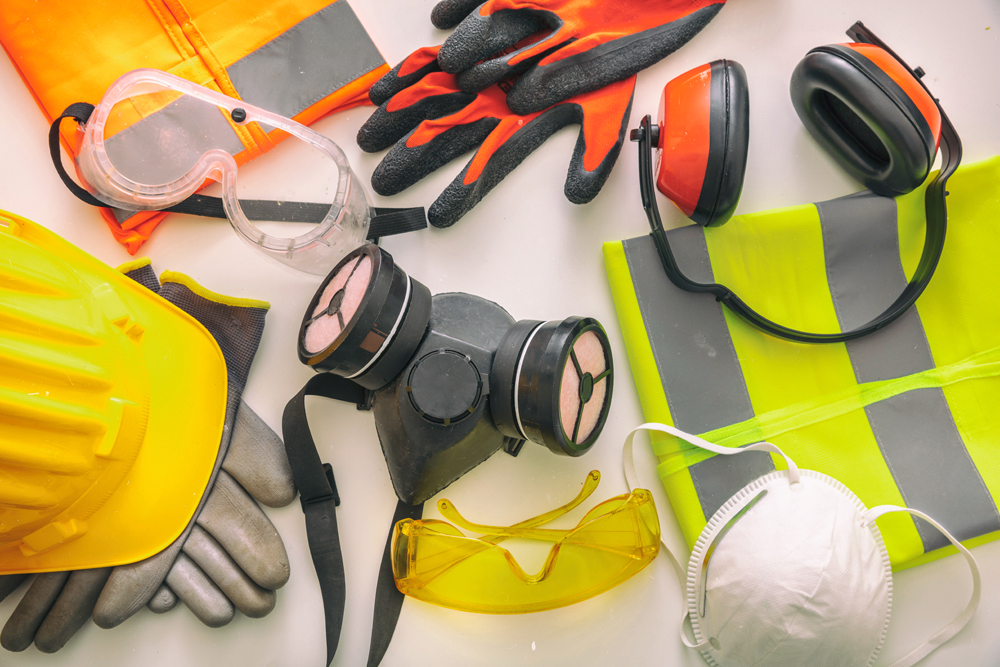In most cases, electricity causes death within minutes by inducing ventricular fibrillation of the heart, which stops the pumping of blood to the body.
One of the most transformative inventions that has propelled the modern era is the discovery of electricity. Its impact and relevance to life can hardly be overstated. Yet, there was a time when electricity was associated only with thunderstorms and static shocks.
As the use of electricity became more widespread in the 19th century, more people started coming into contact with current-carrying wires, large batteries, and other electricity-infused materials, which resulted in injuries and fatalities. Thus, awareness about electrical safety quickly gained importance. This culminated in raging debates about the safety of daily electrical components, the AC-DC debate, the formulation of standards for manufacturing and operating electrical systems, and much more.
Basics Of Current Flow
Electricity is a phenomena produced by the movement of electric charge. Electric current is the amount of charge that flows through a wire in a specific time interval. When 1 C (coulomb) of charge flows for 1 second, the current is said to be 1 (A) ampere in magnitude. If more than 1 C of charge passes in 1 second, then the current is also more than 1 A.
Charges only flow if there exists a need to do so. This need is created by potential difference (voltage). Potential roughly measures how far a charge is from an energetically stable state. The greater the potential, the farther the charge is from the most stable state. This causes the charge to take steps to attain the most stable state. That step consists of moving from high potential to low potential, thereby losing energy and reaching a more stable state.
Potential is defined as the amount of work required to move a unit positive charge from an arbitrary point to a point inside the field created by the test charge (the field created by the source voltage). The greater the potential difference, the greater the work done by the moving charge in its movement towards a lower potential. Thus, potential difference (or voltage) can be thought of as the push that is necessary to move electrons.
Every material has the capability to resist the flow of charges through itself. This property is called electrical resistance. Resistance depends on the geometry (external factor) of the material and its electronic structure (internal factor). Flowing charges have some energy, and when their flow is opposed, some energy is dissipated in the form of heat. This is called resistive heating/Joule heating.
The dependence of resistance on its internal structure is called resistivity and gives some idea about the material’s inherent opposition to current flow.

Resistance (R), current (I) and voltage (V) are related by Ohm’s Law for most conductors and insulators (exceptions exist for semiconductors):

Heat (H) is related to current (V) and current (I) as:

where t is the duration of current flow.
The greater the current, the greater the heat dissipated. (NOTE: Resistive heating occurs only when charges start moving and the material opposes that motion. There must exist some voltage to cause a flow of current.)
Also Read: How Do Electrons Determine The Path Of Least Resistance?
Current Threshold For Various Physiological Phenomena
| Current | Effect |
| 1 mA | Barely Perceptible |
| 16 mA | Upper limit for voluntary muscle contraction* |
| 20 mA | Paralysis of respiratory muscles |
| 100 mA | Ventricular Fibrillation Threshold |
| 2 A | Internal Organ Damage |
| >=15 A | Circuit Breaker Threshold |
Currents above 20 mA are dangerous to life; therefore, electrical safety devices use a threshold of 30 mA to automatically break the circuit to stop current flow (tripping).
Also Read: How Much Current Can The Human Body Withstand?
Electrical Properties Of The Human Body
When electricity passes through the body, the body responds to this current. This response is called electric shock. How the body responds depends mainly on the point of contact with the current, the type of tissue, and the duration of contact.
Skin is the outermost layer of the body and tends to be the first point of contact with current. Its resistance varies from 1,000  to greater than 100,000
to greater than 100,000  , depending mainly on the moisture and salt content. If the skin is dry and calloused, a thick layer of dead cells provides most of the resistance to current flow, thereby decreasing the magnitude of current flowing into the body.
, depending mainly on the moisture and salt content. If the skin is dry and calloused, a thick layer of dead cells provides most of the resistance to current flow, thereby decreasing the magnitude of current flowing into the body.
If the skin is wet, resistance decreases significantly, to about 1,000  or less, which allows more current to flow. Thus, the skin, apart from being the point of contact (most of the times), is ironically the most potent line of defense against current flow as well!
or less, which allows more current to flow. Thus, the skin, apart from being the point of contact (most of the times), is ironically the most potent line of defense against current flow as well!
According to this report, most tissues have their resistivities in the range 150  – 400
– 400  , which is much less than the resistivity of dry skin.
, which is much less than the resistivity of dry skin.
Effects Of Current
Effect On Skin
The skin heats up as the square of the current’s magnitude. A high-magnitude current, a continuously flowing current or both will increase skin temperature and cause the outer layer of the skin to break down. Skin resistance decreases rapidly as the applied voltage increases.
Since the outer layer is also the most resistive against current, the breakdown of this layer lowers the overall body resistance and allows the current to penetrate deeper into the body. Small, pinhead-sized wounds indicate a breakdown and subsequent entry point of the current into the internal structures of the body.

Effects On The Heart
Most cases of immediate death after electric shock occur due to hazardous effects that electricity has on the heart.
Domestic use alternating current has a frequency of 50/60 Hz in all countries. When AC current flows through the body, it forces the tissues in its path to expand and contract at the same frequency (i.e. 50/60 times a second).
The heart has four chambers. The two upper chambers are called atria. The left atrium receives oxygenated blood from the lungs and the right atrium receives deoxygenated blood from the body. The atria contract and pump blood to the two lower chambers, called ventricles. The ventricles receive oxygenated and deoxygenated blood from the corresponding atria. The ventricles then contract and pump out oxygenated blood to the body and de-oxygenated blood back to the lungs for oxygenation. In a healthy individual, a natural pacemaker (sinoatrial node) in the right atrium controls this fine rhythm by sending electrical impulses that travel through the atrium and the ventricles, providing the stimulation for contraction.

A healthy heart beats anywhere between 60 and 100 times per minute, at rest.
When AC current passes, the current signal that normally keeps the heart beating is severely manipulated. The heart is forced to beat at 50/60 times per second. As a result, the heart muscles stop beating in a synchronized manner and the ventricles start to flutter/twitch rapidly, while little to no blood is pumped to the body (not enough for survival, at least). This is called ventricular fibrillation
As a result, the blood pressure drops and organs don’t receive the needed oxygen. This leads to fainting and death within minutes.
Cell Death
The permeability of cell membranes increases when a current passes through them. This is called electroporation. If the magnitude of current is sufficiently large so as to cause an irreversible increase in permeability and prevent the repair of damaged membranes, then homeostasis (steady state of ion concentration, pH, body temperature and others) is disturbed and cell death occurs. The exact mechanism of cell death varies, depending on the current’s magnitude and duration of contact.
Loss Of Muscle Control
When current flows through muscles, involuntary contraction and extension occurs in magnitudes above 20 mA. For example, when current flows through the forearms, the muscle groups responsible for contraction and extension are stimulated. However, generally, the muscles responsible for contraction are stronger than those responsible for extension. Thus, the arm remains in a contracted state and the fist remains firmly clenched to the current source, resulting in greater damage to the skin and internal tissues. This is called current-induced tetanus.
A Final Word

Electricity is safe, as long as it is not interfered with and proper safety measures are taken. Thus, if you find yourself probing a bunch of wires, metallic terminals, and meter boxes, then perhaps it’s time to call a certified electrician.
No amount of low voltage should be trifled with, since the resistance of the body varies, and thus the current may be enough to electrocute you. Safety devices like ELCBs and GFCIs should be used. They stop current flow within milliseconds of detecting a leakage, preventing a potential electrocution.
How well do you understand the article above!

References (click to expand)
- Electrical Safety. The University of Cyprus
- Textbooks PDF (I-XII) - NCERT. The National Council of Educational Research and Training
- Human head tissue resistivity and conductivity values. Mean .... ResearchGate
- (2009) Conduction of Electrical Current to and Through the Human .... The National Center for Biotechnology Information
- Faes, T. J. C., Meij, H. A. van . der ., Munck, J. C. de ., & Heethaar, R. M. (1999, November 1). The electric resistivity of human tissues (100 Hz-10 MHz): a meta-analysis of review studies. Physiological Measurement. IOP Publishing.
- Batista Napotnik, T., Polajžer, T., & Miklavčič, D. (2021, October). Cell death due to electroporation – A review. Bioelectrochemistry. Elsevier BV.
